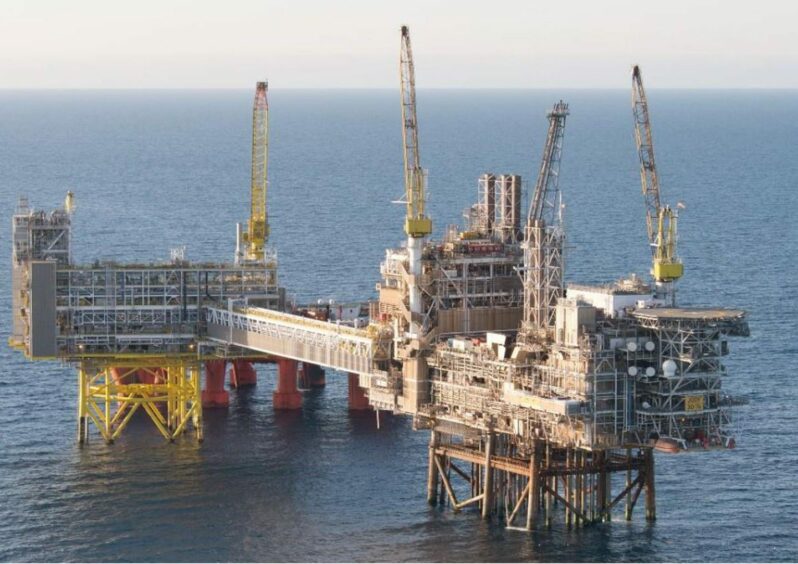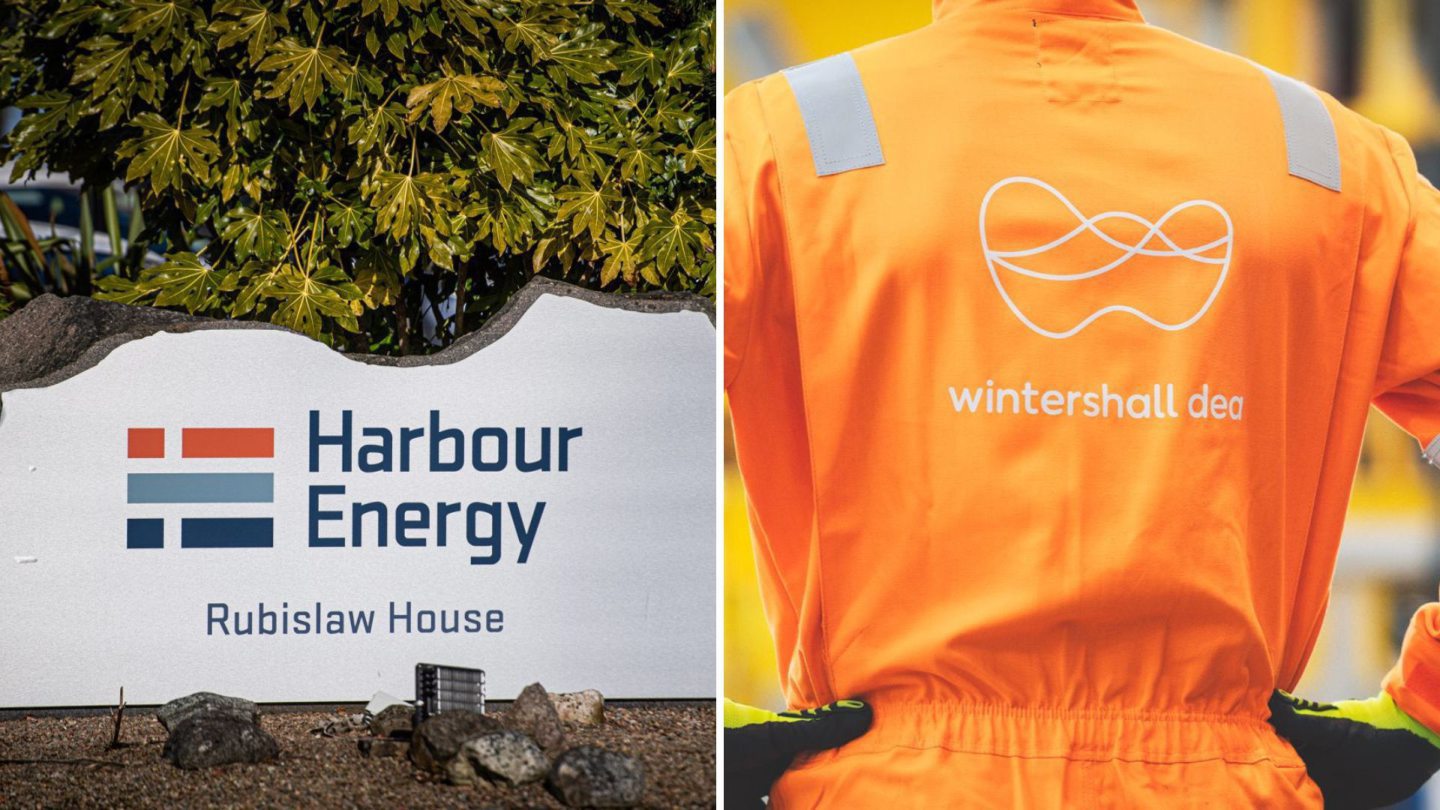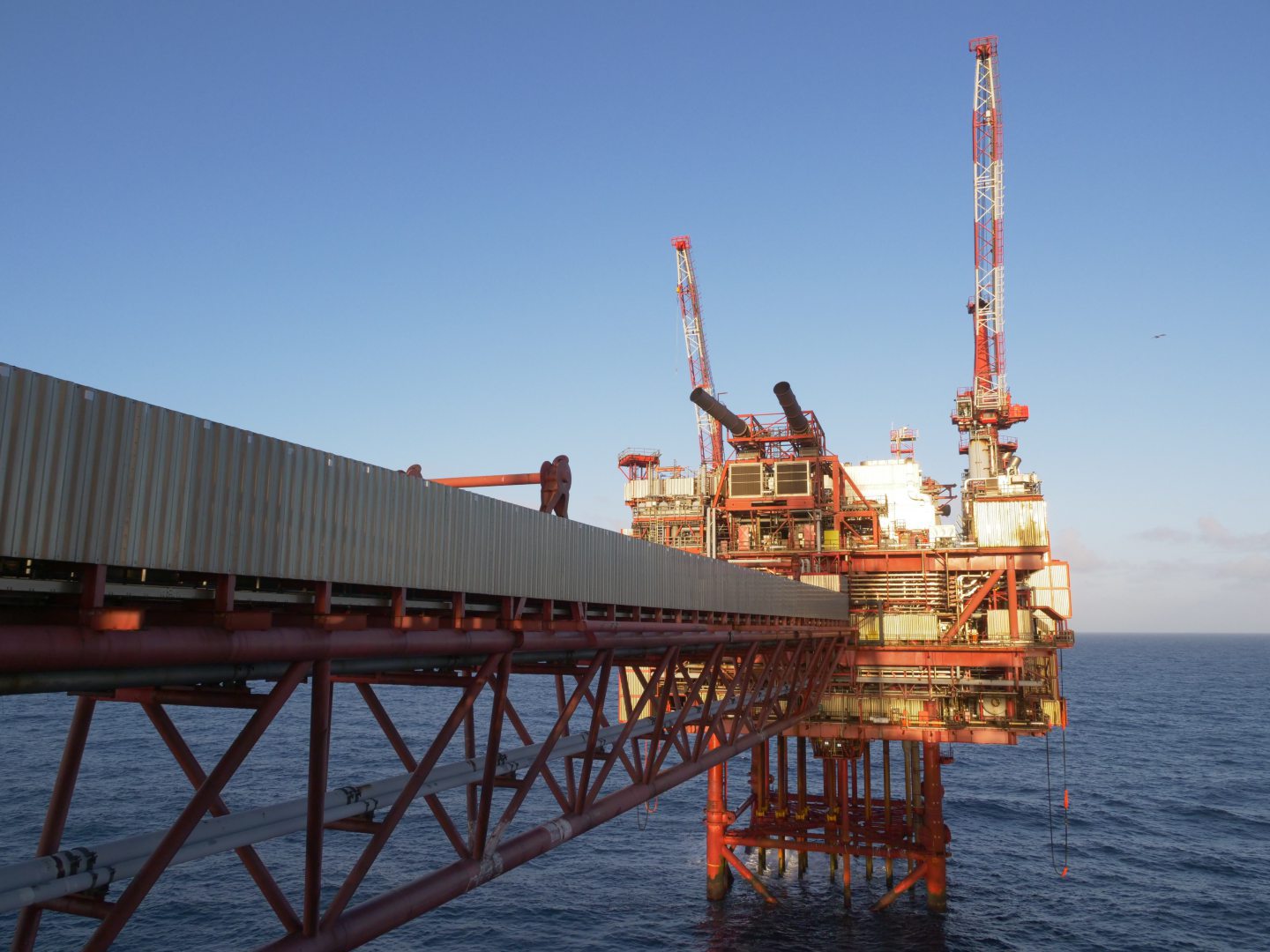
Harbour Energy’s new international assets will “outweigh the rundown” of its UK portfolio following its Wintershall DEA buyout, according to an analyst.
The North Sea’s largest oil producer completed its takeover of its German rival in September in a deal worth $11.2 billion (£8.68bn).
The move came as part of Harbour’s strategy to pivot away from the North Sea to build up its international portfolio following the introduction of the windfall tax.
Harbour highlighted growth opportunities in Norway, Mexico and Indonesia alongside a UK oil discovery at Gilderoy, close to the operator’s Greater Britannia Area.
Following the operator’s third quarter update, Panmure Liberum analyst Ashley Kelty said “upside on offer” from Harbour’s international opportunities will counteract the “rundown” of its North Sea assets due to UK government policies.
Reports have suggested the firm has put its North Sea assets up for sale including stakes in the Armada, Everest, Lomond, Catcher and Tolmount fields.
After the takeover of Wintershall, Harbour has added further assets and exploration rights in Argentina, Germany, Algeria, Libya, Egypt and Denmark to its portfolio.
Harbour also grew its carbon capture and storage (CCS) portfolio through the deal, and the firm said it will now “focus on building a competitive business with long-term cash flow potential”.
Harbour Energy Q3 results
In its trading update, Harbour estimated it made $3.1bn (£2.4bn) in revenues to the end of September, achieving average production of 177 thousand barrels of oil equivalent per day (kboepd).
This included 142 kboepd of production in the UK, followed by Southeast Asia (11 kboepd) and Norway (10 kboepd).
Key developments in the quarter included bringing new UK wells onstream at its Armada and Greater Britannia Area assets in the North Sea.
Harbour also brought another well onstream at the Njord field in Norway, and saw production start-up at its Fenix gas project in Argentina ahead of schedule.
The operator averaged 503 kboepd of production in October following planned maintenance shutdowns in the UK and Norway.
Its operating costs averaged $19.5/boe, with 2024 guidance of $16-$17/boe expected due to the addition of the lower cost Wintershall portfolio and higher production in Q4.
Looking ahead, Harbour expects first oil at its Talbot field in the UK before the end of the year, with production start-up at the Maria Phase 2 project in Norway in 2025.
Harbour Energy ‘well-positioned’ for future
Kelty said while Harbour’s balance sheet “looks stretched”, with net debt at $4.7bn (£3.64bn), a “full year contribution from Wintershall should get it into good shape”.
The company forecast full year free cash flow of around $300m (£232m) for 2024, and Kelty said Harbour expects “substantial” further generation in 2025.
Meanwhile it handed an interim dividend worth $100m in the period, with its divi set to to be increased to $455m on an annual basis.
Harbour chief executive Linda Cook said the firm continues to deliver on its strategy and is “well-positioned for the future”.
“Our expanded global portfolio is performing well, achieving production rates of over half a million barrels per day in October, generating material cash flow and presenting multiple high return organic investment opportunities,” Cook said.
But uncertainty remains over to what extent Harbour’s future lies in the UK.
The company ‘s reported sale of is North Sea assets was described by the SNP as a “stark warning” to the Labour government.
The company is also reportedly reviving plans to transfer its stock listing from London to New York, amid continued rumours that supermajors BP and Shell are looking to do the same.
In response to the speculation, a Harbour spokesperson said: “We are a London listed company and as long as our geographical centre of gravity is in Europe it wouldn’t really make sense to move the listing.”
With opportunities in Indonesia, Argentina and Mexico on the horizon, Harbour’s centre of gravity could soon see a shift.
Recommended for you

 © Supplied by DCT Meda/Wintershall
© Supplied by DCT Meda/Wintershall © Supplied by Harbour Energy
© Supplied by Harbour Energy © Supplied by Harbour Energy
© Supplied by Harbour Energy